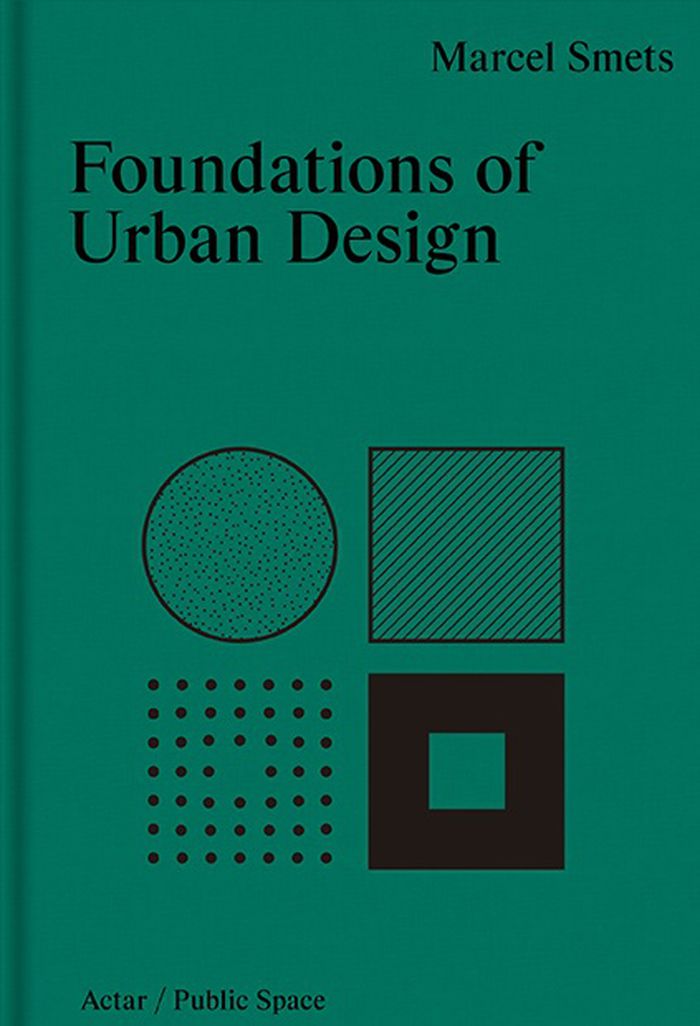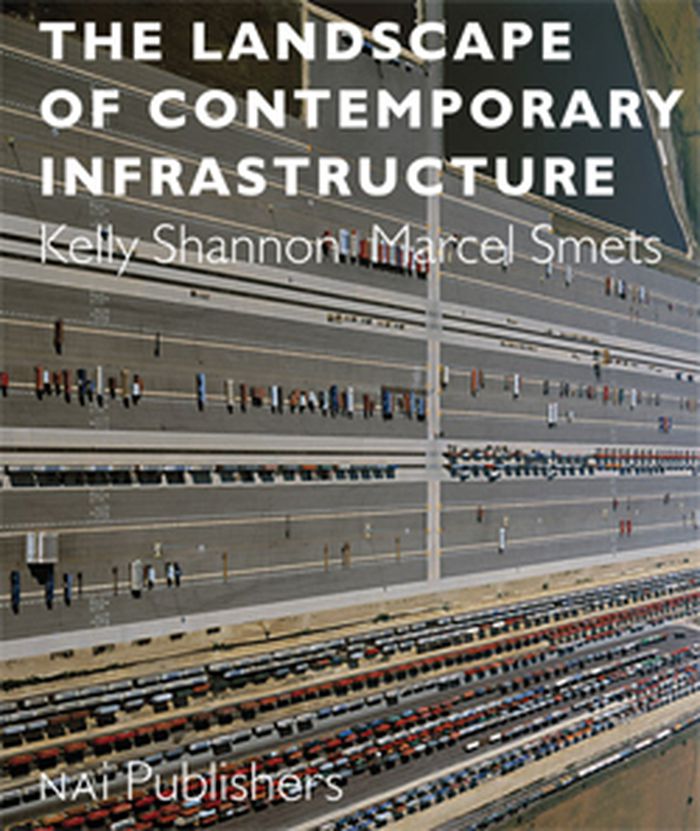Foundations of urban design
$54.00
(disponible sur commande)
Résumé:
The book is structured into twenty-nine essays, each dedicated to a pair of urbanistic concepts. Discussing historical and contemporary, interpretive and designerly approaches to urbanity, the notions composing the 29 pairs relate dialectically, as theses-and-antitheses. Still, we are warned, ''the presented antagonisms are not a priori in opposition, but rather complementary.''
Foundations of urban design
Actions:
Prix:
$54.00
(disponible sur commande)
Résumé:
The book is structured into twenty-nine essays, each dedicated to a pair of urbanistic concepts. Discussing historical and contemporary, interpretive and designerly approaches to urbanity, the notions composing the 29 pairs relate dialectically, as theses-and-antitheses. Still, we are warned, ''the presented antagonisms are not a priori in opposition, but rather complementary.''
Théorie de l’urbanisme
$72.00
(disponible sur commande)
Résumé:
The design of infrastructural networks—that is, roads, railways and any system that enables flow within a structure such as a city—is among urban design's foremost tasks. Around the globe, the awareness of enhanced infrastructure fluidity as a catalyst for economic development is rising. The Landscape of Contemporary Infrastructure investigates how infrastructure design(...)
The landscape of contemporary infrastructure
Actions:
Prix:
$72.00
(disponible sur commande)
Résumé:
The design of infrastructural networks—that is, roads, railways and any system that enables flow within a structure such as a city—is among urban design's foremost tasks. Around the globe, the awareness of enhanced infrastructure fluidity as a catalyst for economic development is rising. The Landscape of Contemporary Infrastructure investigates how infrastructure design determines the organization and flow of the inhabited landscape—as an agency of enhanced mobility, as a design feature contributing to the character of a city and as a sound theoretical approach to a positive experience of collective space. These issues are explored in four chapters that catalogue these approaches, each chapter buttressed with key projects from the world's most important designers in this field, including Arata Isozaki, Paul Andreu, Xaveer De Geyter, Jean Nouvel and Ricardo Bofill. The authors demonstrate how the creative potential of architecture, landscape architecture and urban design is essential to the effective flow of infrastructural networks.
Structures d’ingénierie

